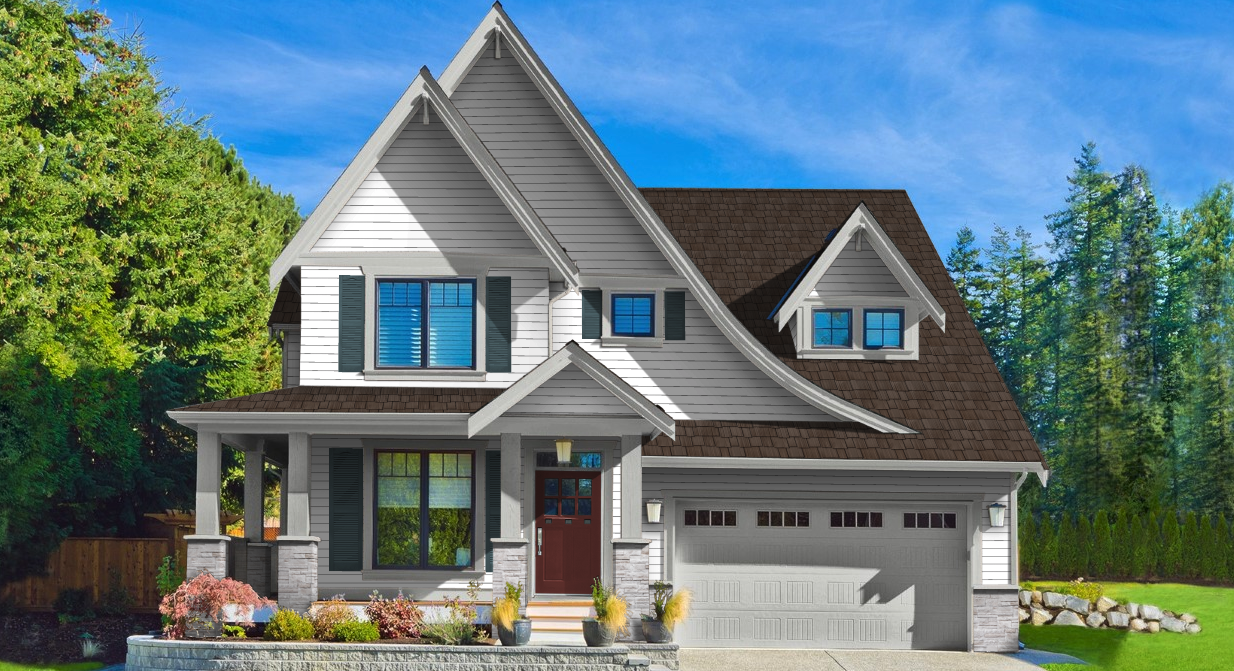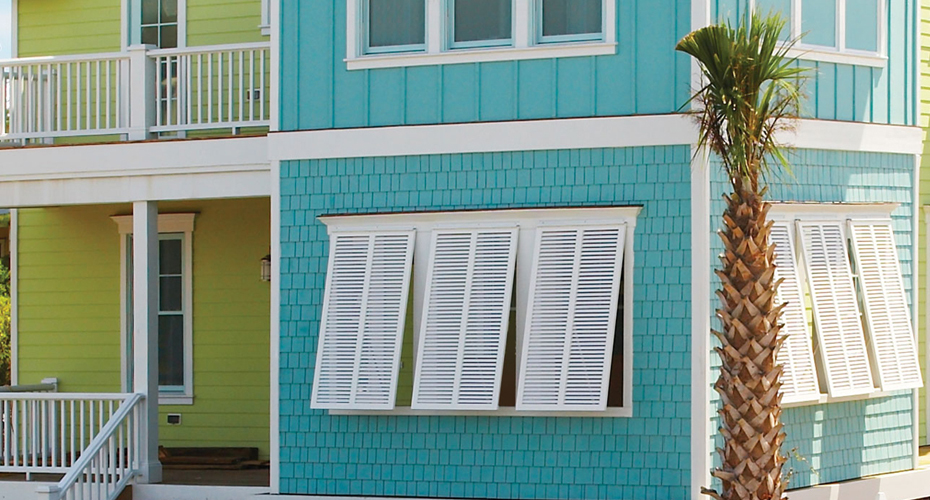Renderings aren’t a new concept—architects have relied on them for decades, and builders have often employed them for marketing materials. But advancements in technology for renderings and computer-generated images (CGI) are making these tools even more relevant to home selling, both as a way to market and sell homes as well as to assist buyers with purchasing decisions. And as the pandemic accelerates virtual selling, builders who don’t get on board might find themselves falling behind with digital-savvy (and digital-expectant) younger buyers.
We checked in with Bob Masulis, president of RM Design Studio in Bartlett, Ill., about the importance of leveraging today’s visualization tools—and why they’re more important than ever.
What Are the Benefits of Using Renderings?
For those who specialize in renderings and CGI, the goal is, essentially, to make a pretty picture, Masulis says. “Whatever you’re selling—a property, a product—you come to us to create something cool for marketing.”
Drawings and renderings are not new in brochures and marketing materials, but new innovations and better imaging are elevating their use. In new master-planned communities, CGI and virtual experiences fill the void before model homes are built.
Floor plans just aren’t sufficient to help potential buyers fully understand and experience the eventual finished product, but realistic renderings and CGI give them the ability to see the kitchen, bathrooms, family room, etc., providing a better understanding of what’s being built.
This means the builders and developers are able to cost effectively show their home the day the community opens for sale, adding tremendous marketing capability that can accelerate the sales process to help save time and money in the long run.
Along with more realistic and relatable visuals compared to a flat floor plan, renderings offer the right size and scale, which makes it easier to compare the sizes of the rooms. They also can show features less visible in a plan, such as a tray ceiling, without the buyer having to decipher small words and labels.
“It gives people a feeling for what the homes in the community will look like—it gives them physical and emotional scale,” Masulis notes. “It takes undefinable numbers and measurements and turns it into something emotional.”
Renderings also can help strengthen the community approval process. RM Design Studio, for example, can take a developer’s sketch and turn it into a rendering that looks like it’s been designed and photographed, elevating presentations for public hearings and design review boards.

What’s Changed With Renderings?
Of course, renderings aren’t a new concept. But computers and technology have advanced rapidly over the past decade—just in time to keep up with surging demand for digital-first sales.
Builders typically can only afford to build about three models, no matter how many plans they offer, relying on floor plans for the rest. But now, with CGI, you can very affordably build out the other models in virtual mode, allowing home buyers to see them in a way they’re more comfortable with. This not only opens up all models the day sales begin, it ensures a more balanced playing field for all plans.

These innovations have been especially welcome during the pandemic, as buyers have embraced virtual experiences to reduce in-person contact or shop from afar. Even as social distancing needs ease, expect these virtual selling tools to continue, particularly as Millennials and Gen Z become the chief buying demographic.
Using CGI tools provides for easier product swaps, as well. If products are discontinued or trends change over the course of a multi-year community build, they can be easily switched out in the virtual tours and renderings. It also allows builders to adjust and re-use the virtual models in other communities.
Virtual walk-throughs using computer-generated images immerse the buyer in the experience similar to touring a model home in person—they can spin around, “walk” from room to room, zoom in, learn more about features and products, and even swap out colors and materials.
You can experience this type of technology for yourself at Show Village during the upcoming International Builders’ Show. In addition to in-person tours, visitors near and far can tour the two demonstration homes via an “Immersive Home Experience” on their laptop, tablet, or smartphone. Virtual host “James” will point out key features, and visitors can click on icons for more details on various products and design elements.
The advantages don’t just benefit large builders and developers. For smaller operations selling small communities of semi-custom homes, virtual models can provide much-needed marketing relief and help sell the home before it’s completed, providing time to make changes to suit each buyer’s preferences.

For custom builders, renderings and CGI help buyers visualize how certain design decisions will impact the look and livability of their home. For example, Masulis used CGI to design his own kitchen remodel, and experimenting with the colors made him realize that the all-white cabinets he’d planned needed some balance with wood grain or color on the island. (See a similar process for yourself with Boral Building Products’ Virtual Remodeler tool.)
This type of visualization provides tremendous power for builder and buyer alike. By leveraging the capabilities of CGI and virtual selling tools, builders can not only more effectively sell, but can bring welcome confidence to customers that they’ll be getting the home they envision and the home of their dreams.
For more information on RM Design Studio, visit their website at www.rmdesignstudio.com
Whether in renderings or in person, Boral Building Products’ portfolio of siding, trim, and accessory brands offer a diversity of styles to meet the needs of your buyers and communities.











